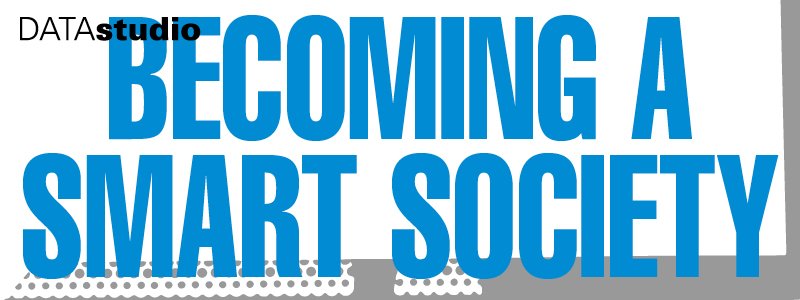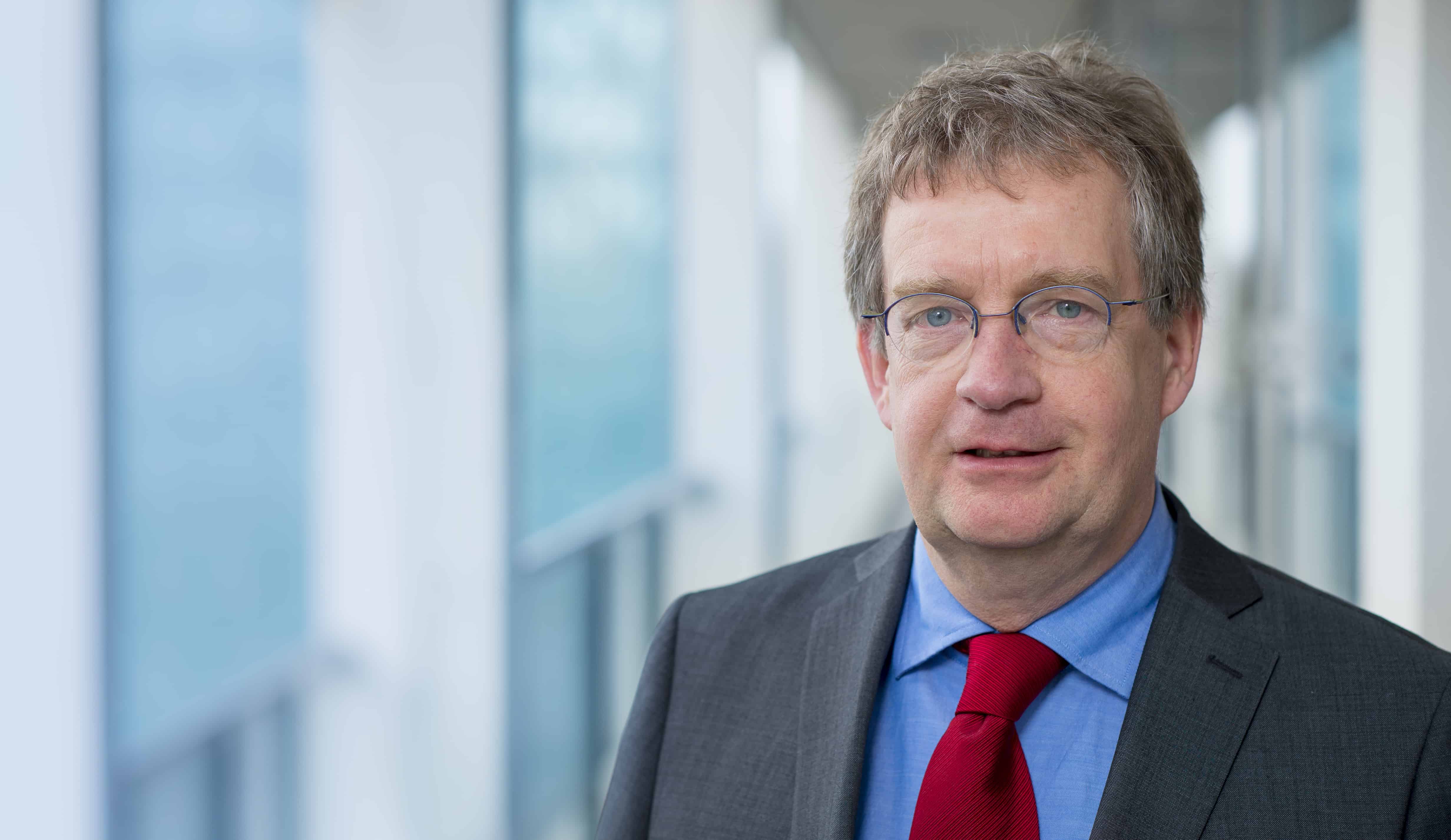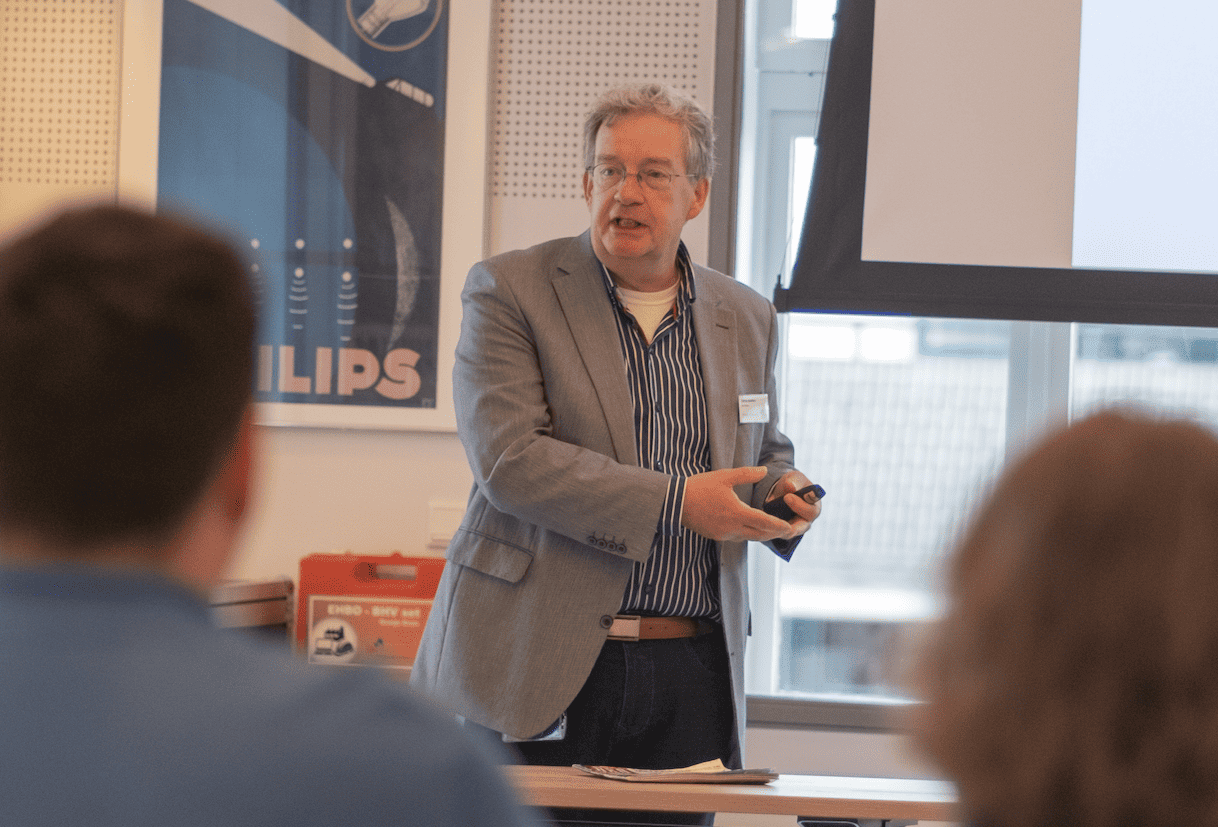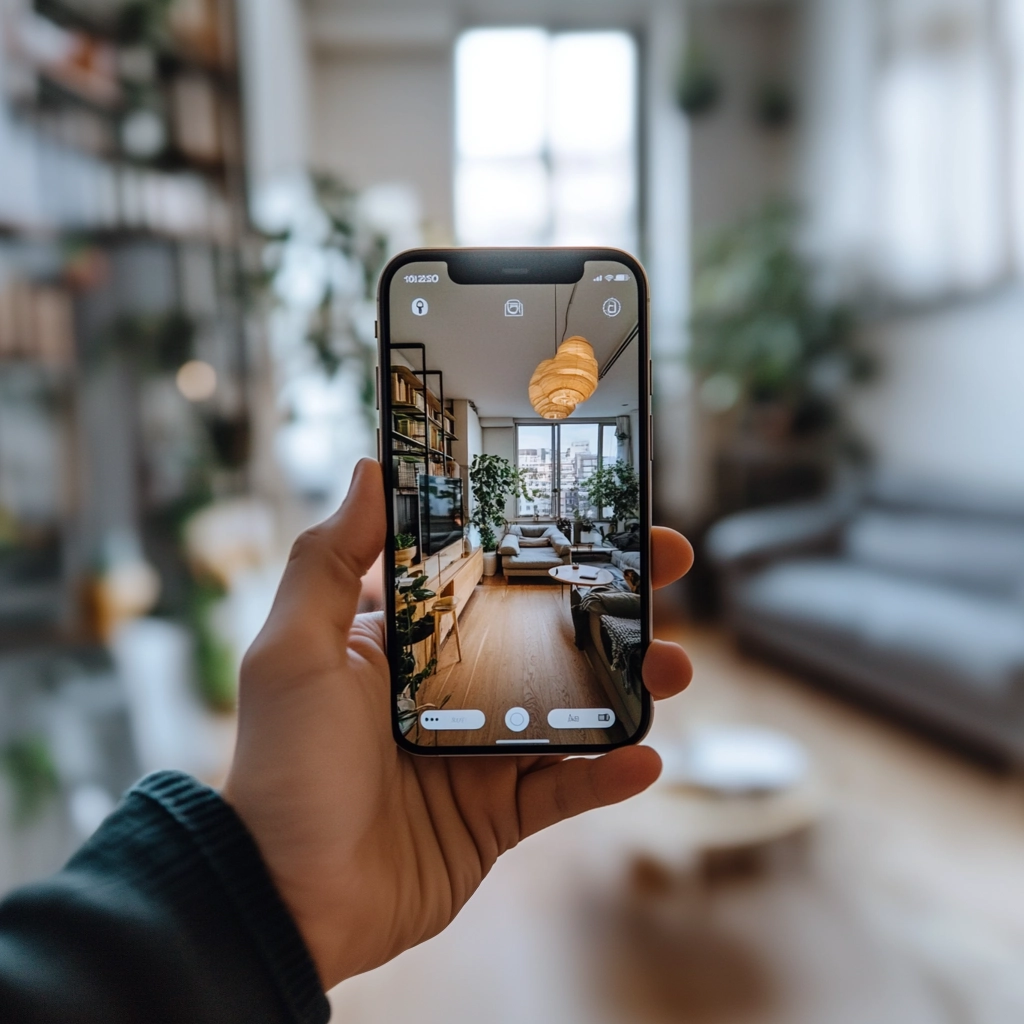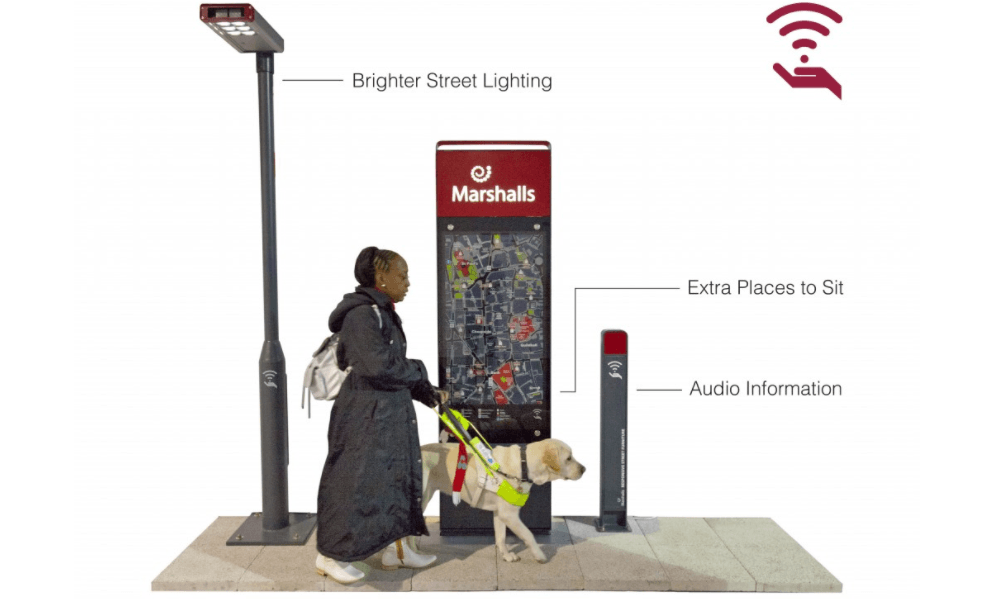
Eindhoven wants to become a smart society. But how does that work? What’s going on in a society like that? Are there any good examples to learn from? DataStudio Eindhoven explores the transition a city has to go through to actually become such a smart society. Each week, we present a new contribution on e52. This week: ethical questions surrounding the Internet of Things. Read all the articles here.
The Internet of Things is spreading like wildfire. At the end of last year, its size was estimated at 17.6 billion ‘connected devices’. All those smart devices and services are in constant touch with their environment and with each other – and reacting to us, the users. Unfortunately, there are quite a bit upsettingly poor and often even harmful products and services among them, says Marcel Schouwenaar of Internet of Things-design bureau The Incredible Machine.
Schouwenaar gave a lecture about it on January 26 in the Eindhoven Library. He was invited to take part in the series of events called “A City as Smart as its Citizens”, organised monthly by the Data Studio. The series is all about best practices for a smart society.
Longer green for the disabled
“There is too little attention for the ethical implications of Internet of Things concepts”, Schouwenaar says. During his lecture, he showed some examples of Internet of Things products that did have this much needed attention. His personal favourite is the responsive street furniture by Ross Atkin and Jonathan Scott. Lampposts, traffic lights and other street furniture can respond to the needs of people with certain restrictions. The green light may, for example, stay on longer for someone who has difficulty walking. “The key principle here is that the walker himself can indicate – by using a smartphone – if he or she needs a custom setting for the furniture. There is no massive gathering of data without telling this to the user, which would enable the lamppost to ‘know’ what to do if someone with disabilities is around.”
Other good examples are SafeCast and Urban AirQ. “These projects revolve around devices that allow citizens themselves to collect data on radiation and air quality in their area, and to publish this as open data.”
All three examples reflect the principle of devices that don’t decide what a citizen or user should doe, but delegate control over what happens to the user. “The big challenge is to turn the Internet of Things into an open, robust, safe and sustainable platform on which large and small businesses, individuals and governments can develop their own services, built upon a range of general principles.”
Ethical Manifesto
The principles he refers to are defined in the ethical IoT Manifesto. Schouwenaar himself is one of the authors, along with several other technical designers, mostly working in the Netherlands. They argue for protection of user privacy, transparency by all stakeholders involved in the development of a product, and for building the products as sustainable as possible.
“At its launch in 2013, the manifesto immediately received much support. Pretty soon groups from outside our immediate network joined us, sometimes because someone had told about it at a conference. At present, we see more and more support from hardcore system integrators, the ‘enabling technologies’.
Culture change
“You should also not overestimate the importance of the manifesto. We’ll see more and more companies signing it, but to sign a manifesto is not the same as changing a whole culture and design practice. You also see that people sign with their personal email address instead of their company email.”
In his own business, the success varies as well: with some customers a culture change is possible, with others it isn’t. “The best assignments we get, come to us because of these principles. Festool, a German maker of power tools, approached us because of our values. In Germany they’re more privacy conscious than here. Mozilla, the developer of the Firefox browser, also uses the Manifesto to look at its Internet of Things strategy. With them we have shared values.”
Meanwhile, the Manifesto has reached the world of education as well: the Hogeschool van Amsterdam is working with it, as well as one of the largest technical universities in India. Schouwenaar is very excited about that. “If the method proposed in the manifesto becomes the standard, just because you have learned to use it in school, that would be very effective. The same was the case with sustainability in my time at the university of Delft. Now, sustainability is an obvious starting point, it’s no longer an exception. This process has also been visible in human-centric design. And now, it will also work for the ethics around the Internet of Things.”
Picture: Ross Atkin Associates



